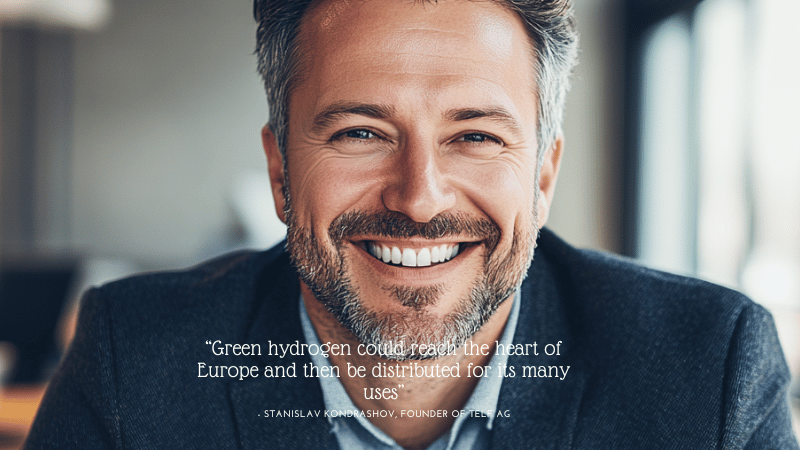From Desert to Port: How Oman's Environmentally friendly Hydrogen Could Power Germany’s Future

Oman, Germany, as well as Netherlands have signed a groundbreaking arrangement that might reshape Europe’s energy landscape, ushering in a different period of eco-friendly hydrogen imports from the Middle East.
A bold transfer in the global Electricity changeover is having condition between Oman and Europe. A historic agreement signed earlier this year paves the best way for one of the globe’s very first massive-scale hydrogen corridors—linking Oman’s broad renewable means to Germany’s industrial hubs by using the Netherlands.
The Main of this initiative is eco-friendly hydrogen—made by splitting h2o by electrolysis driven by solar or wind energy. This form of hydrogen has captivated world-wide curiosity for its possible to decarbonise sectors which are or else not easy to electrify, together with major transport, metal manufacturing, and energy storage.
Oman, leveraging its sunny weather and ambitious nationwide strategy, aims to become a top world wide exporter of green hydrogen by 2030. Forecasts advise the nation could develop around one million tonnes of environmentally friendly hydrogen every year by the top from the 10 years. A critical component of this prepare will involve liquefying the hydrogen to aid overseas transport.
Enter the hydrogen corridor: a planned maritime and logistics route starting from the port of Duqm in Oman, extending on the ports of Amsterdam and Duisburg. Specialised cryogenic tankers, comparable to those used in LNG transportation but tailored for hydrogen’s much reduced hydrogen liquefaction temperatures, will carry the fuel. European ports are currently getting ready the necessary infrastructure to receive, shop, and distribute the cargo.
This corridor is not just a logistical feat—it’s a strategic 1. For Germany, which can be planning to lessen dependence on fossil fuels and diversify its Strength mix, the imports could assist meet its concentrate on of bringing in 10 million tonnes of renewable hydrogen by 2030. The corridor also aligns with broader EU sustainability objectives and industrial decarbonisation endeavours.
The job’s significance lies not only in its scale, but will also in its replicability. Like LNG in advance of it, liquid hydrogen could quickly shift across continents, breaking free from the constraints of set read more pipeline networks. And Oman isn’t by itself. Other initiatives—for example Spain’s Basque Hydrogen Corridor as well as the Central European Hydrogen Corridor—are also constructing the spine of a long run hydrogen financial system.
The Basque project focuses on integrating generation, distribution, and industrial use inside northern Spain. Meanwhile, the Central European route options to repurpose present fuel pipelines to hold hydrogen from Eastern Europe to Germany, even read more more cementing the area’s job within the hydrogen transition.
If prosperous, these endeavours could mark An important milestone in decarbonising Europe’s heavy industries and transport networks—run from the sun and wind of distant get more info deserts.